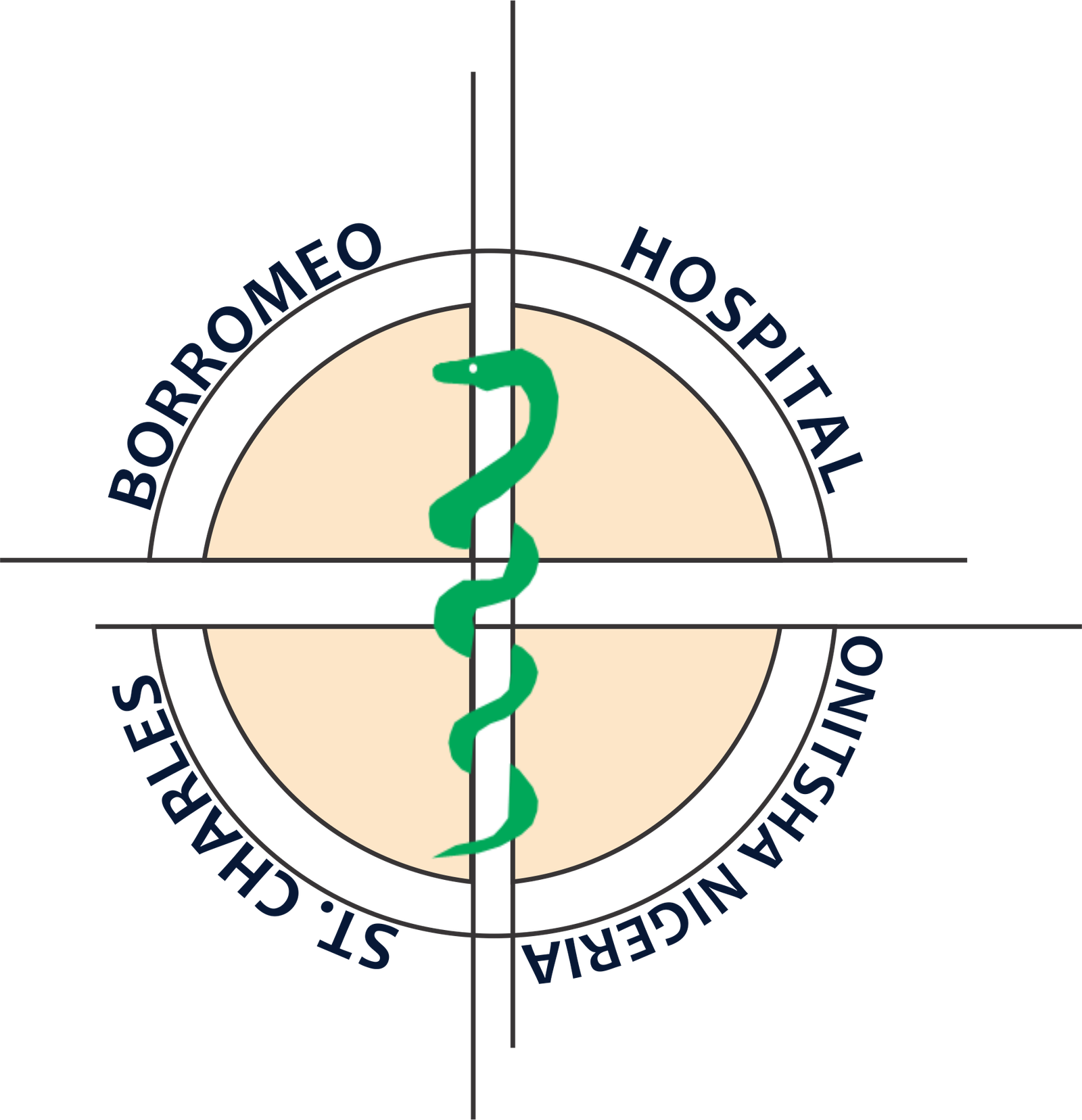How we began
As the proverbial mustard seed, the idea of a first-rate modern hospital, ‘a general hospital that would deliver specialist healthcare in different disciplines of medicine,’ was, in the mid 1950s, conceived in the mind of the then Archbishop of Onitsha – Most Rev. Charles Heerey of blessed memory. This idea was buoyed by the perceived need of adequate healthcare for the rising population of Onitsha; and by the success of the endeavours in healthcare delivery in Annua, Emekuku, Ihiala, Adazi and Nsukka, and also the maternity services already flourishing at the Waterside.
Once the visionary Archbishop made his intentions known, there came opposition from different quarters. Fundamental to this resistance was the wonder on how and from where this gutted pastor of souls hoped to acquire the massive resources needed to realize this colossal project. The coldness exhibited to this at the ‘higher quarters’ did not help issues either. But the farsighted man of God would not be daunted. He began to search for an adequate site. This posed another problem. A site was promised within town but was later withdrawn. Some other sites were examined but found wanting. And years continued to roll by.
Fortune, however, smiled the way of the Archbishop after a patient wait of about seven years. Through the magnanimity of the late Justice Fred O. Anyaegbunam (then Barrister F. O. Anyaegbunam) and the IyaseleNsu family of Onitsha, a beautiful site just outside the town, overlooking the valley of Nkisi and the River Niger was donated for this project. As recorded in the hospital archives, ‘A more excellent site could not be found in the vicinity of Onitsha.’ The land was negotiated for the Archdiocese by the then Director of the All Hallows Seminary, Rev. Fr Godfrey Okoye (later Bishop G. M. P. Okoye). The long period of faithful wait was beginning to bear fruits!
The Long Journey Starts
With a beautiful site acquired, the concept of the hospital was to be concretely defined and the structure mapped out. To embark upon this, a planning committee made up of experienced doctors and an architect was formed. Working on the vision to build a standard specialist hospital providing specialised care in different branches of medicine, they gathered information from far and wide, and notably visited the modern University College Hospital at Ibadan to sharpen their ideas. With a clear vision of what was needed, the architect got to work and came out with a remarkably beautiful design. This was in the early 1960s.
Sourcing Funds
After the joyful euphoria of an exquisite site and a beautiful architectural plan, the reality of funding the project dawned. In 1961, a contractual agreement for constructing the hospital major block, valued at £57,000.00 was signed with Messrs Dolcino& Co., Port-Harcourt. Finding such an amount of money seemed a mission impossible. But the Archbishop placed his trust totally on divine providence.
The first task was to search within. The Archbishop set up a central committee made up of representatives from the four parishes in Onitsha then: Holy Trinity Cathedral, St Mary’s Parish Inland Town, Sacred Heart Parish Odoakpuand Immaculate Heart Parish Fegge. The Committee was headed by Sir R. R. Olisa, the Atamanya Nzedegwu II of Osomalla while the Secretary was Chief J. Major-Azike. The Parish Priests of the four parishes were ex-officio members of the Committee. Each Parish had its own committee also. The first meeting of the central committee was headed by the Archbishop himself. Briefed on the need for this health facility, those present made donations amounting to thousands of pounds to the Archbishop to begin the execution of the project. However, the same fervour could not be communicated to the faithful at parish levels. This was made more difficult by the fact that the parishes were executing different projects within their parishes, and the parishioners were, understandably, more inclined to the execution of their parish project than to the Borromeo Hospital vision. Nevertheless the committee kept the ideals high and created strategies to raise funds. Added to this, half of the bazaar proceeds for the parishes from 1961 to 1963 were directed to the realisation of the Borromeo project. Though dogged, the committee did not achieve the level of success that was dreamt of.
Within this state of affairs, Archbishop Heerey turned his gaze overseas. The responses to his appeals sent to different parts of the globe were remarkably generous. In August 1962, Cardinal Montini (later Pope Paul VI) visited Nigeria. He was deeply impressed by the fervour of the Catholic faithful in Onitsha and got quite enthusiastic about the Borromeo Hospital Project which was underway, making a very generous donation of £4,500.00. It is worthy of note here that when he later ascended the papacy, he did not cease to demonstrate his affection for Onitsha, its Archbishop and the Borromeo Project. This love was further exhibited when the Holy Father directed the charity of an Italian lady – SignoraSichorollo of Milan – to this project. The lady’s donation of £5,700.00 was the highest individual contribution from overseas.
The Misereor organisation deserves a special mention here. This organisation which provide aids for projects in developing countries, run by the bishops of the then West Germany, agreed to supply most of the equipment for the new hospital. The equipment donated amounted to £34,000.00 while the accompanying cash donation was £26,000.00. The hospital remains grateful to the German Catholics who contributed this fund and to all other donors both from within and from outside the country.

